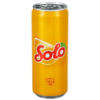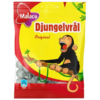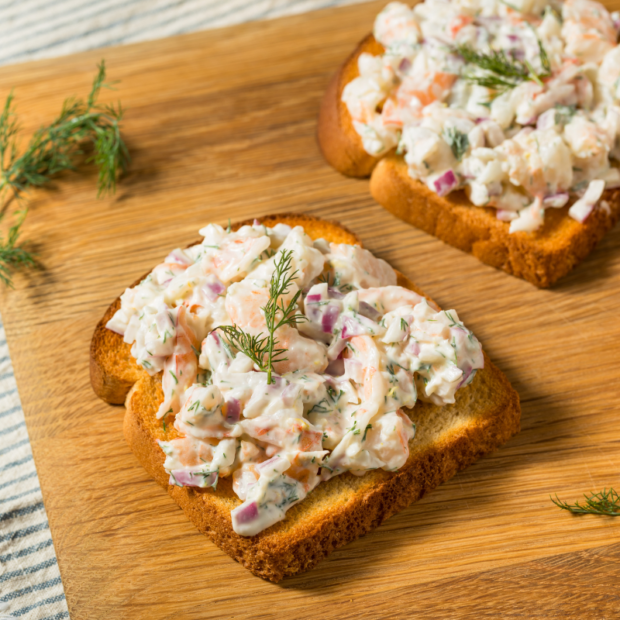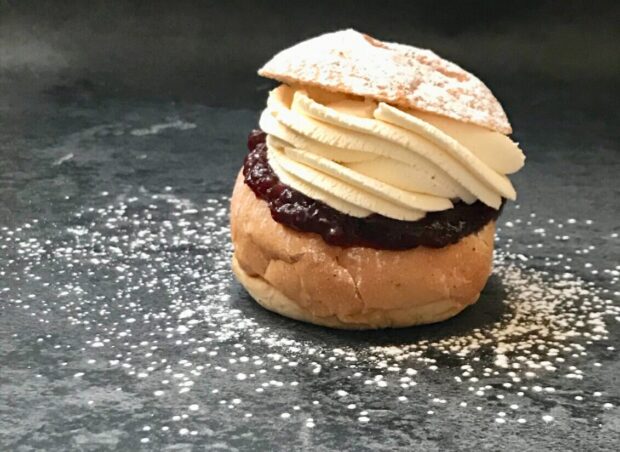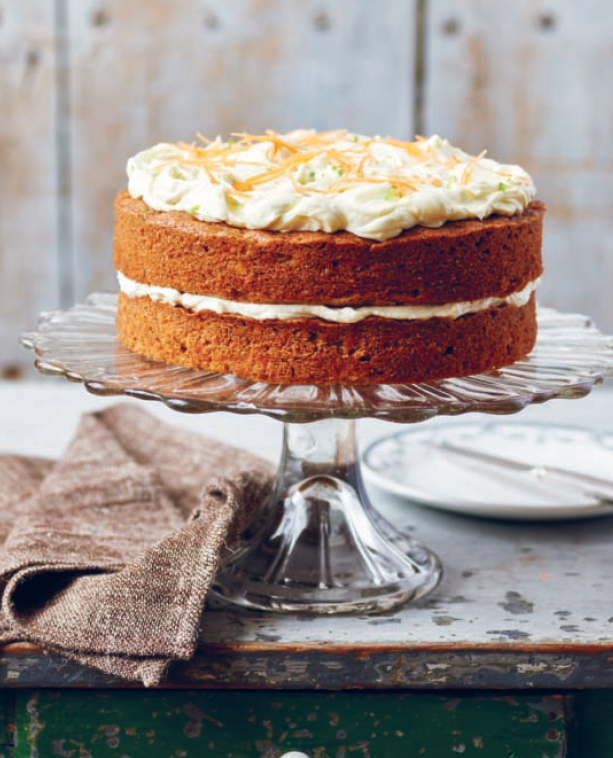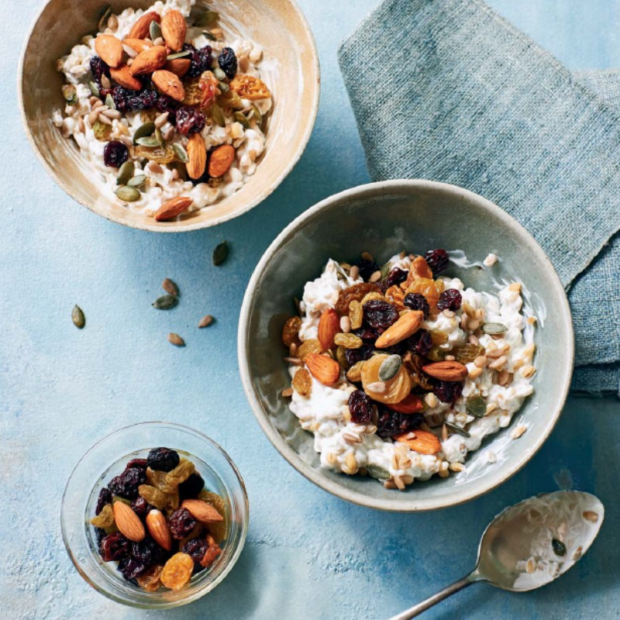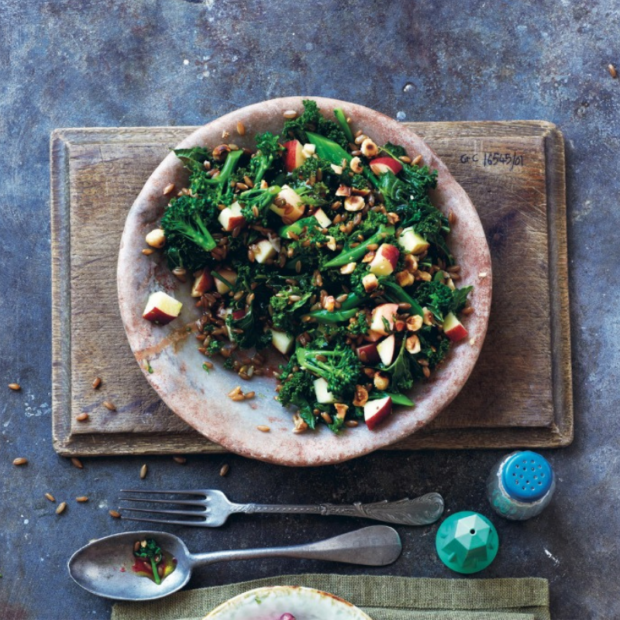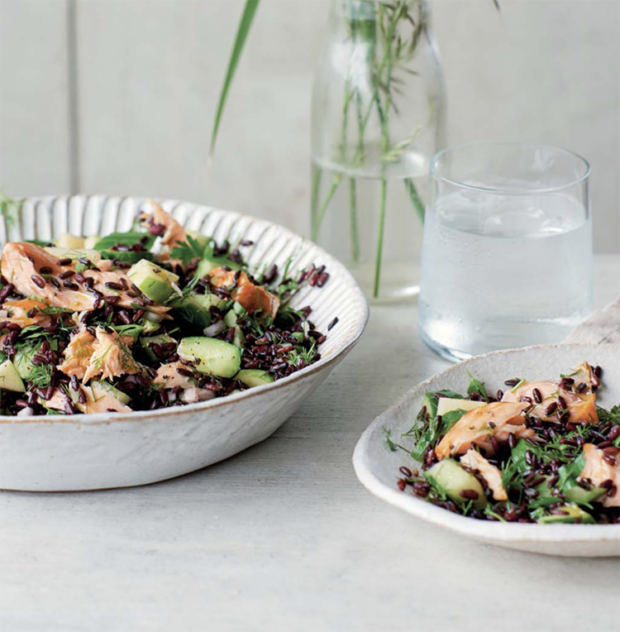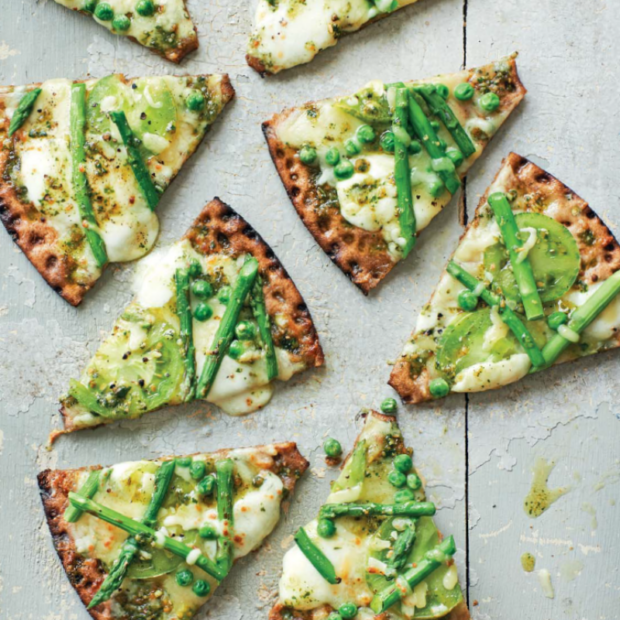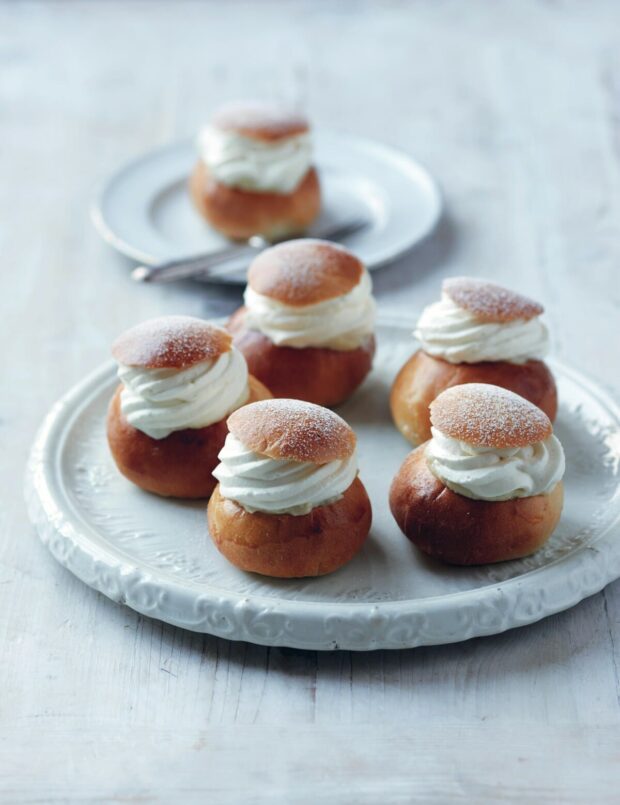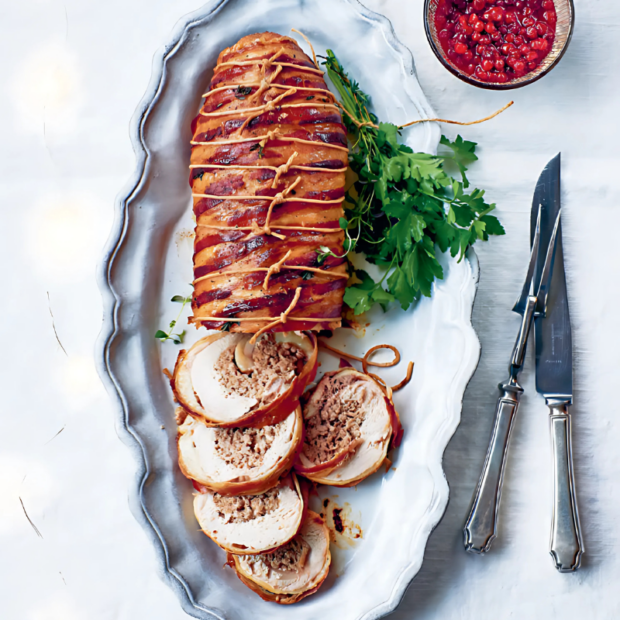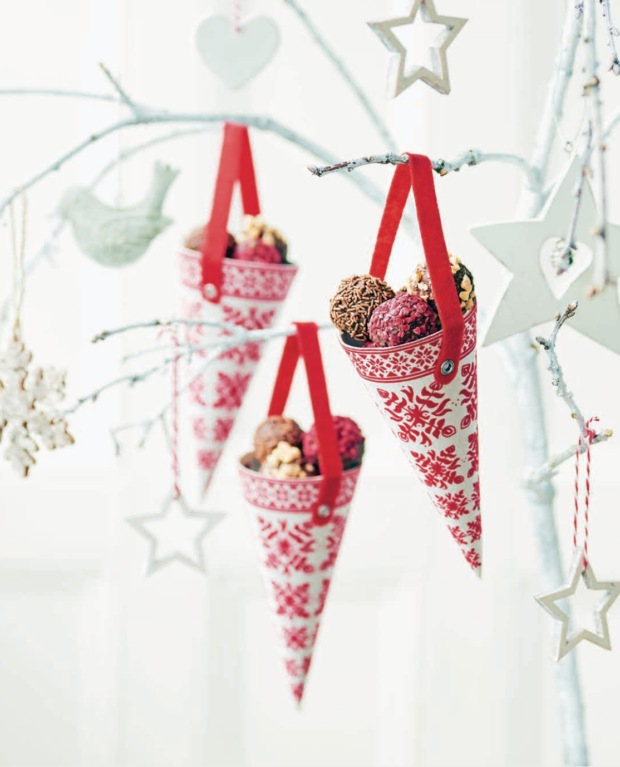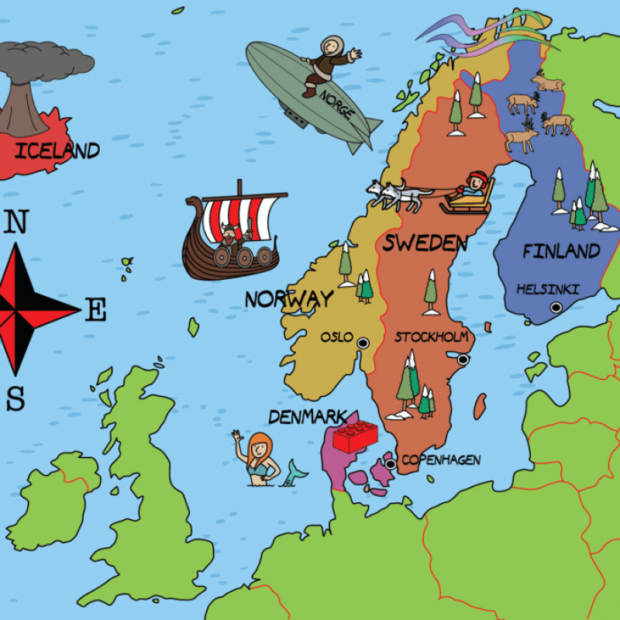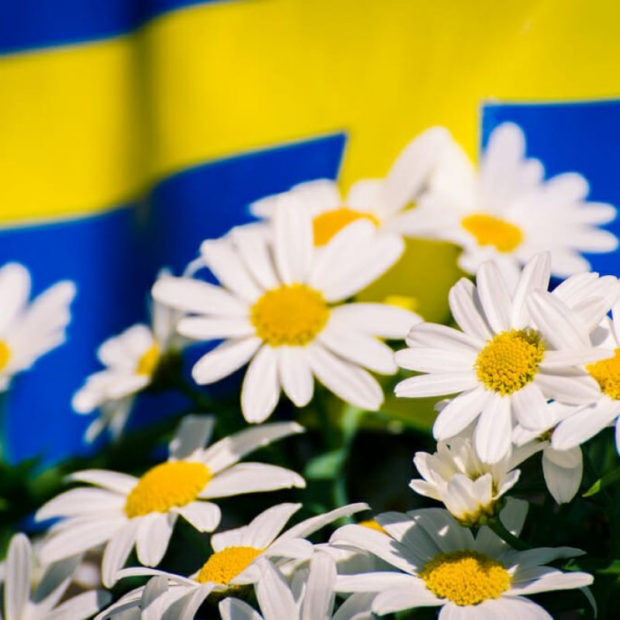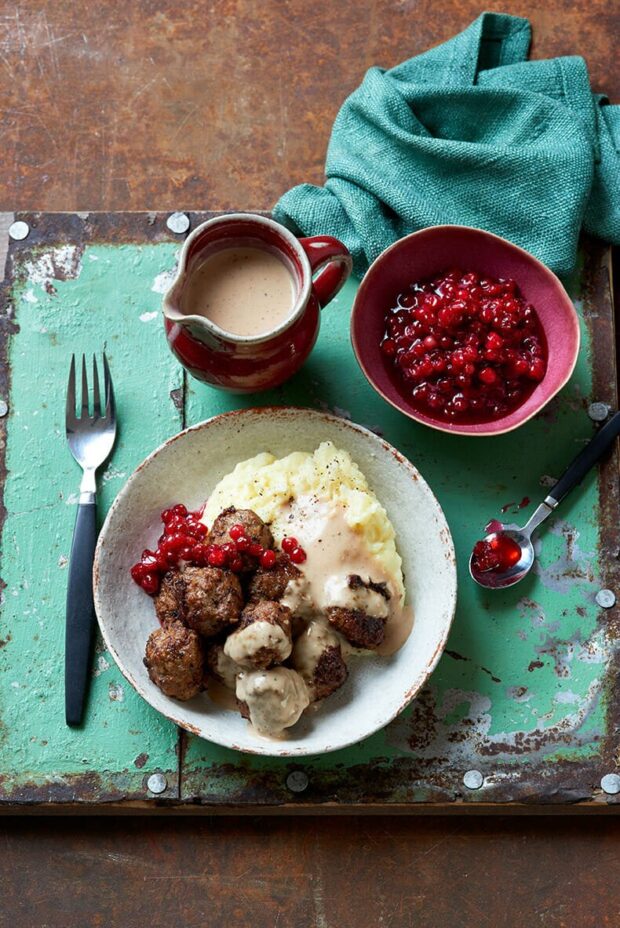What is Fika? (fee-ka)
Anyone who has Swedish friends will most likely be familiar with the word fika, mainly because Swedes tend to use it all the time. Like, several times a day. This is because when they are struggling to find the right word in another language, they just use ‘fika’ instead.
Simply put, in Swedish, fika means to sit down, have a chit-chat, coffee, and something to eat, usually baked goods. You can also have tea or another non-alcoholic drink, but coffee is standard (we do drink a lot of coffee, by the way). More than a coffee break, but less than something formal, it’s an important part of the culture both in terms of how the day is structured and the kind of people the Swedes are. It’s about taking that break and just taking a short time-out during your day.
When to Fika
During a working day, Swedes will usually have two fika breaks: one mid-morning (around 9.30 am – because we start work at the ungodly hour of 8 am) and one in the afternoon (around 14.30, because we finish around 16:30). Even if it is a quick fika break, you always sit down. You can’t really fika standing up – because standing isn’t a break, now, is it? It’s break time, although in some modern offices, people have started to fika at their desks, although this really isn’t quite how it’s meant to be done.
Confusingly – and helpfully – fika is both a noun and a verb. You can take a fika – or you can fika with someone else. It is also something you can do with your best friend, colleague, family – and you can even arrange a fika date with that handsome person you fancy, which is like a real date but with a lot less commitment as fika is always casual (and no need to buy a new dress for the occasion). Usually, during the day, it does not involve alcohol. You can fika in the evenings, but then it’s kvällsfika, evening fika, and usually done at home and involving bread and cheese (but still coffee – and not really alcohol).
The coffee
To fika effectively, most people will indulge in the Scandinavian way of fitting in as much coffee into their day as is humanly possible without looking like a wired tarsier. Scandinavians drink more coffee than anyone else in the world. Think strong, filtered coffee, served in massive mugs. Pop round for fika at someone’s house and there will be a pot of coffee on the table. ‘Skulle du vilja ha en påtår? ’ they’ll ask, meaning ‘Do you want a top-up?’ (you do, because you’re polite). It’s a wonder Scandinavians get any sleep at all, really, and quite possibly the reason we survive the long, dark winters.
What to eat
To go with your super-strength cup of filter coffee, you need something baked. Fikabröd, literally ‘fika bread’, describes a whole range of possible options – the most infamous of which is the cinnamon bun. These are yeast-based buns, because it’s all about the goodness of solid home baking. If you don’t fancy a cinnamon bun, go for a slice of soft bread with butter and cheese – or opt for a slice of cake, a muffin, or a biscuit, if you are not so hungry. Mostly, though, it’s a form of a bun, usually involving some cinnamon/ cardamom/vanilla.
On weekdays, people fika at work or after school. At weekends, they fika at each other’s houses or in cafés. You can, however, also fika outdoors, for example when skiing in the fjells. This usually involves a thermos of coffee, some home-baked buns, and then finding a cosy spot in the snow to park the skis.
Want to read more?
Extract from Bronte Aurell’s book North. A book for you who is looking to learn a little more about how to live like a Scandinavian.









